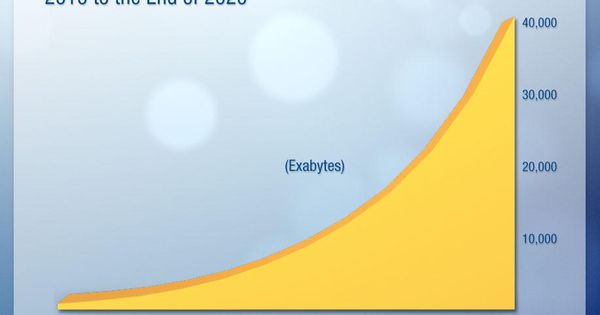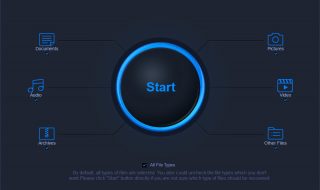
You just got used to the term big data and you want to learn more about the topic? Reading this article will make everything clearer. Working with data on a daily basis is a responsibility that many people couldn’t handle. This is the reason why you might find it tiring and scary at times, but the truth is – with the latest advancements in technology – taking care of data became much easier. The amount of information that surrounds people is immense, not to mention the importance of data when talking about businesses.
Analytics is now a complex domain that gets more and more complicated with each step taken. The quantity of information that people work with is overwhelming and the human brain would not be able to deal with all of it on its own. This is the reason why people invented machines, artificial intelligence, programs, business integration and so on. The more complicated life gets, the faster technology saves us. Anyway, all people should have at least basic knowledge about handling big data, especially if they work in the business field. Here is a summary of the most important notions you should absorb:
Types of data

The Five Different Types of Big Data
If you believed that there is only one type of data that people store and work with it, you were wrong. Information can exist in various shapes, from unstructured to structured and semi-structured. The one factor that influences the shape of data is the purpose of usage. Unstructured data is not stored in fixed locations. This category can include web pages, emails or other types of documents that do not reside in one single place. On the other hand, when data is stored in fixed fields, it is called structured. This is the type of data that most companies use. It includes databases, XML files or spreadsheets. You can encounter structured data anywhere if you look closely. Of course, when some characteristics are embedded in others, semi-structured data is born.
Data mapping
For businesses, the most important concept is data mapping. With business integration, managing tasks and data becomes easier. Data Mapping is used at an enterprise level for all sorts of reasons. The point is, integrated data is preferred to the detriment of working with data individually. Human errors cannot be averted, no matter how many precautions you or your employees will take. Machines rarely make mistakes, programs handle data better, so there is absolutely no reason not to adopt technology.
Workload and processing

4 steps to implementing high-performance computing for big data processing
A lot of data means plenty of time required to process it. Reducing the time your employees invest in managing data through automation and integration is the best solution for boosting profitability. The time your employees used to waste on tasks that could be easily completed by a machine can be redirected to something that actually matters. An automated set of queries will be completed almost simultaneously, while a person would have to deal with every single query one at a time. Through such method, the workload is reduced and all process are streamlined.




